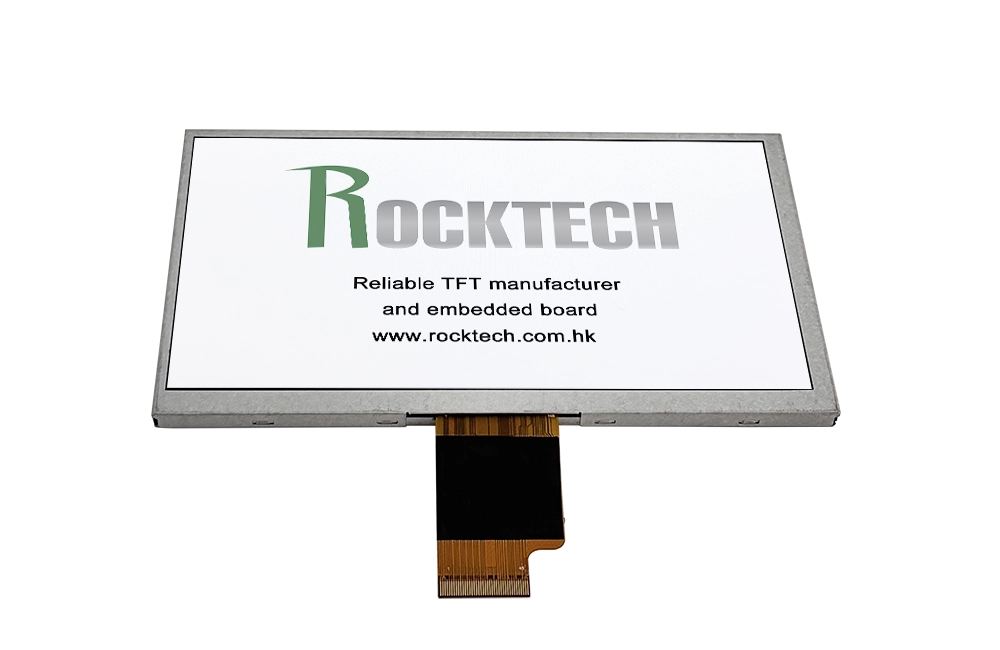The backlight is a critical part of any TFT LCD module. Whether your display is used in a handheld device, outdoor kiosk, or industrial control panel, customizing the backlight allows you to optimize visibility, power usage, and even the visual tone of the display. Backlight design is not just about brightness—it's also about how your device performs across varying conditions, including sunlight, viewing angle, and long-term reliability.

Brightness is typically measured in nits (cd/m²). Standard indoor displays use 250~400 nits, while outdoor or sunlight-readable applications may require 800, 1000, or even 1500+ nits. Choosing the right brightness level ensures content is readable in all lighting conditions without excessive power drain.
For environments with constantly changing lighting—like vehicle displays, outdoor kiosks, or factory dashboards—adaptive brightness control may also be considered. This involves using ambient light sensors and PWM control to adjust backlight intensity in real time.
The LED color temperature affects how "warm" or "cool" the display appears. Options typically include:
Applications in medical diagnostics, retail displays, or branded products may benefit from carefully tuned color temperature that aligns with the environment, branding guidelines, or visual ergonomics.
Higher brightness generally means higher power consumption and thermal load. Customizing the backlight circuit allows you to:
Over time, thermal degradation of LED elements can affect both brightness and color consistency. Proper design ensures long-term stability of the display module.
Outdoor or industrial use requires robust backlight performance over temperature extremes and long operating hours. Industrial-grade LEDs and overcurrent protection circuits are often needed for harsh environments.
Displays used in high-vibration or humid environments should also be evaluated for mechanical support and encapsulation of the backlight assembly. Moisture ingress and thermal cycling are two leading causes of backlight failure in poorly protected designs.
In some fields, especially in automotive, medical, or aerospace displays, uniform backlight illumination is critical. Uneven brightness can cause readability issues or visual fatigue. To improve uniformity, the backlight circuit may require specially tuned LED spacing, current distribution, and optical film layering.
For high-brightness displays, LED heating becomes a real challenge. In extreme cases, the entire backlight structure may need redesigning — such as retooling metal frames, light guides, or reflector layers. These changes often involve high mold/tooling costs and are typically reserved for high-volume production programs where return on investment is justifiable.
At Rocktech, we help customers tailor backlight systems for their exact needs — whether it's maximizing outdoor visibility, reducing heat, or creating a specific color tone. We support full-stack customization, including LED binning, diffuser selection, color tuning, and driver board design.